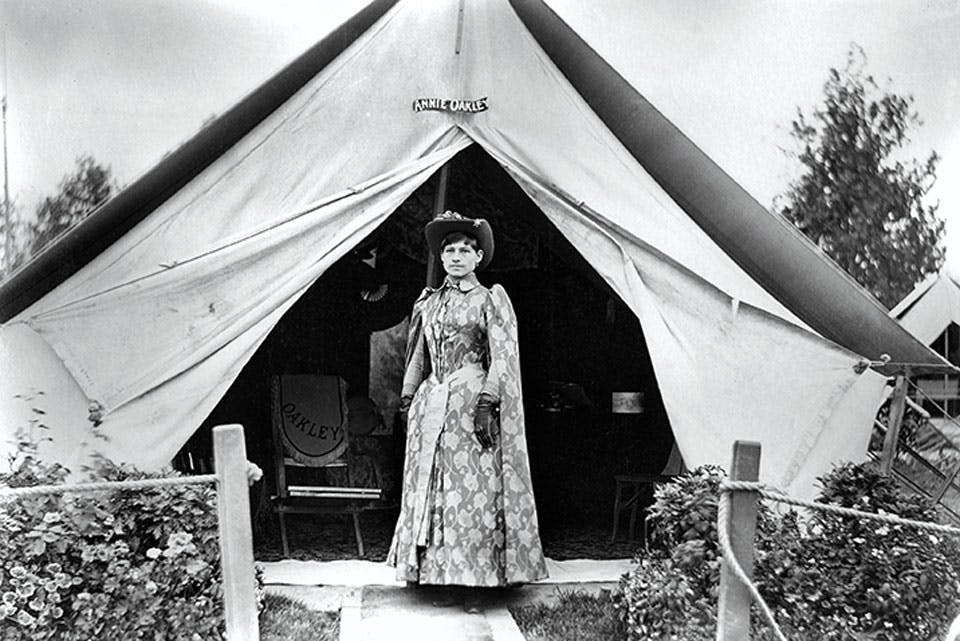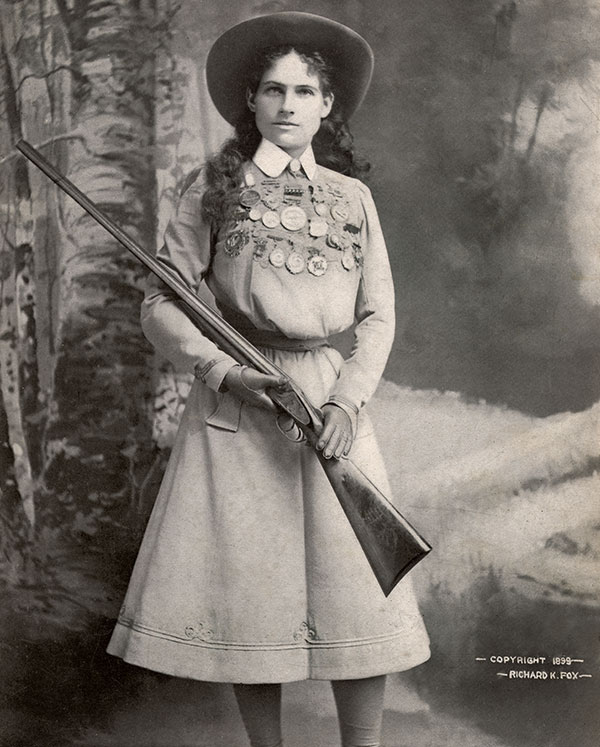Ohio Life
Guns, Grit and Grace: Annie Oakley’s Legendary Life
Broadway and television have offered simplified takes on the famous sharpshooter’s life, but the story of the real woman — born in Darke County, Ohio, in 1860 — is an inspiring tale of ingenuity and independence.
Related Articles

Visit This Gothic-Style Temple in Lake County
The northeast Ohio community of Kirtland played a pivotal role in the history of The Church of Jesus Christ of Latter-day Saints. READ MORE >>

How the Wright Brothers’ Sister Shaped History
Katharine Wright was her famous brothers’ not-so-silent partner, aiding her siblings Orville and Wilbur in their quest to get their dreams of mechanical flight off the ground. READ MORE >>

This Ohio Barn Theater Preserves a Long-Running Tradition
One of a handful of historic Ohio venues of its kind, Rabbit Run Theater in Madison has been hosting summer stage shows since 1946. READ MORE >>




